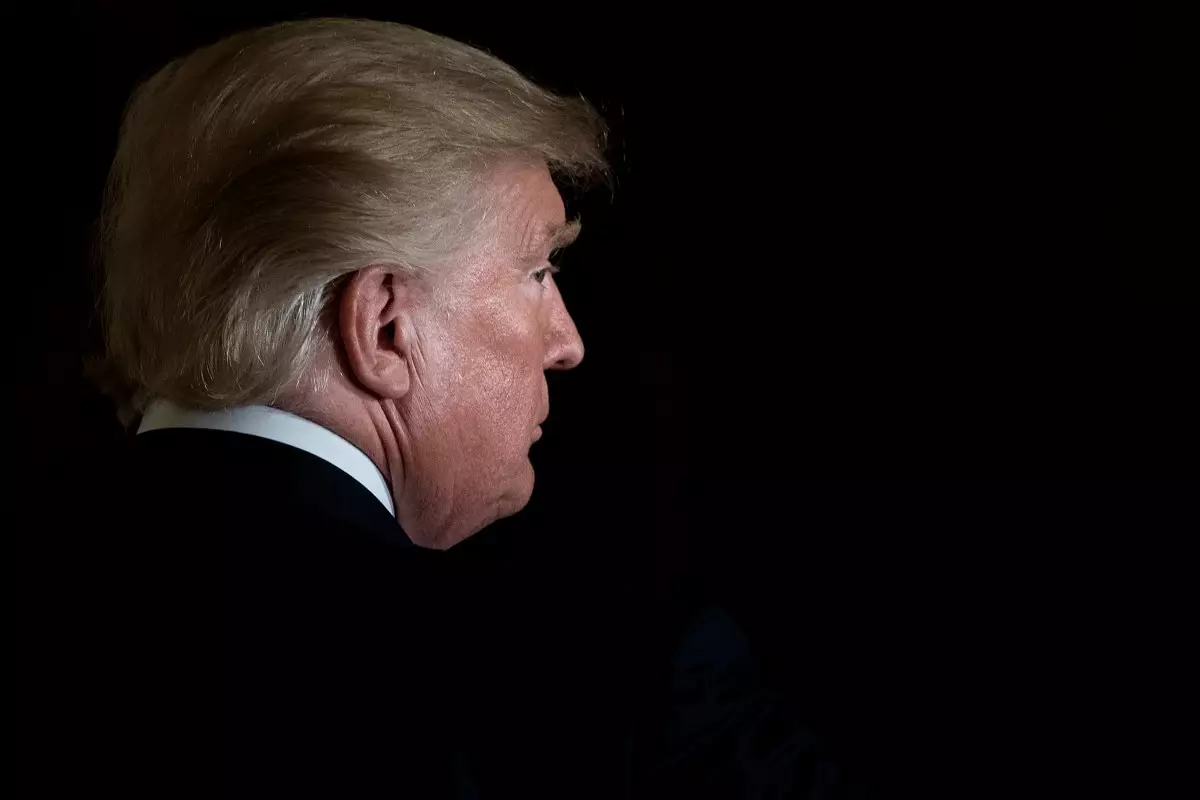In an action that has sent shockwaves through the legal and tech communities, President Donald Trump has removed Shira Perlmutter from her position as the Register of Copyrights, a move that some critics label as a blatant power grab. Shira has held this role since 2020, serving under the Library of Congress and advocating for a balanced approach to copyright in today’s fast-evolving digital landscape. This firing has raised questions that go beyond the political realm, delving deep into the intersection of copyright law and artificial intelligence.
Trump’s decision, confirmed through various media outlets, comes closely on the heels of Perlmutter’s refusal to acquiesce to demands associated with major tech players, particularly Elon Musk. Representative Joe Morelle, a prominent voice against Trump’s actions, argues that the decision was highly suspect, suggesting it wasn’t merely coincidental timing. As AI technologies grow increasingly dependent on vast libraries of existing copyrighted works, the governance surrounding these materials becomes a contentious issue, and Perlmutter’s stance would have significant implications.
The AI Conundrum
The backdrop to this drama is the rise of AI and how it interacts with copyright. A recent report from the U.S. Copyright Office highlights the intricate balancing act between protecting intellectual property rights and fostering innovation in AI development. The report expresses concerns that while “fair use” might be a shield for certain academic or research purposes, its application becomes murky when commercial endeavors are involved — particularly when such endeavors threaten the very markets that creators inhabit.
Trump’s explicit alignment with AI interests, particularly those of Musk, paints a complicated picture. On one hand, you have a president seemingly supportive of cutting-edge technology and its promoters, while on the other hand, there is an apparent disregard for the creators and artists who could fall victim to these technologies if left unchecked. The report mentions the need for licensing markets that enable AI companies to compensate copyright holders, an idea that could mollify some concerns—yet also remains distant from becoming a reality.
The Legal Labyrinth
As AI firms like OpenAI face a litany of lawsuits accusing them of copyright infringement, the legal landscape surrounding AI technology grows ever more complex. Within this turmoil lies an urgent call for legislative clarity in copyright law as it pertains to artificial intelligence.
Musk’s dual involvement as both a key figure in the AI sector and a potential beneficiary of legal loopholes presents an ethical dilemma that cannot be ignored. While Musk has a vested interest in the advancement of AI technologies, the very act of tanking a pro-author position like Perlmutter’s offers viewers an unsettling picture: Are we heading toward a future in which copyright laws favor technological advancement over the rights of individual creators?
Criticism of the Trump administration’s handling of this matter isn’t just about one person losing their position. It’s about a pervasive trend that could reshape how creators’ intellectual property is treated in our increasingly digitized world. If a climate of fear develops among regulators who feel pressured to appease powerful tech figures, the implications for sectors dependent on copyright—music, literature, art—could be dire.
The Ripple Effect
Perlmutter’s ousting is set against the backdrop of other significant changes within the U.S. Copyright Office. Trump’s decision to remove Librarian of Congress Carla Hayden earlier this week underlines a sweeping reorganization that raises eyebrows across parties. The growing belief is that these moves might signal an end to balanced oversight and innovation advocacy, potentially paving the way for exploitative practices under the guise of technological progress.
With the future of copyright in AI hanging in the balance, it’s critical to examine how the current dynamics will influence not only legal outcomes but also the cultural fabric of creativity itself. As we navigate these turbulent waters, the need for a unified stance on protecting both innovation and creator rights, devoid of political entanglements, becomes ever more urgent. What is clear is that the intersection of legal authority, artistic integrity, and technological advancement demands attention and action before it spirals into a free-for-all.

